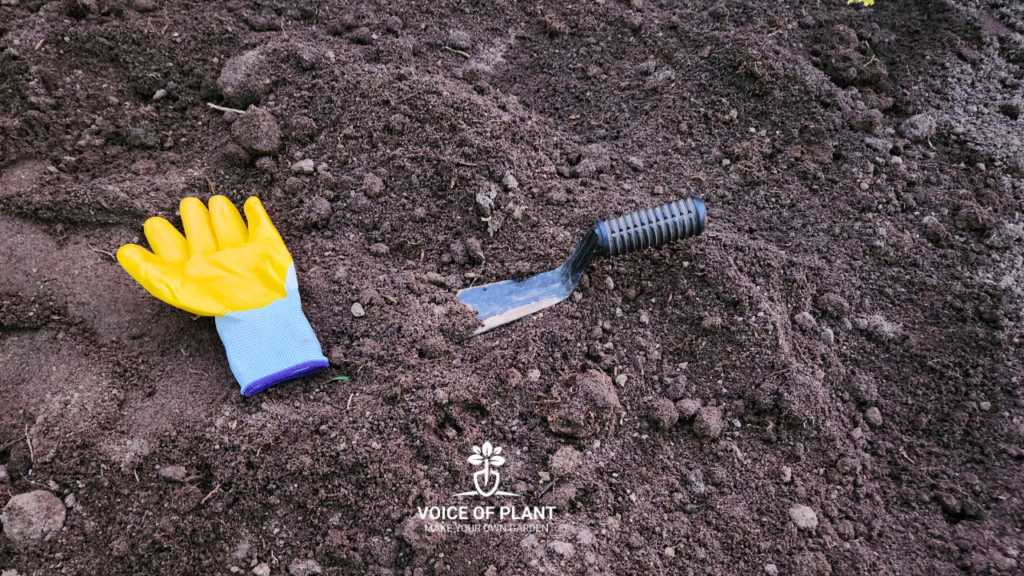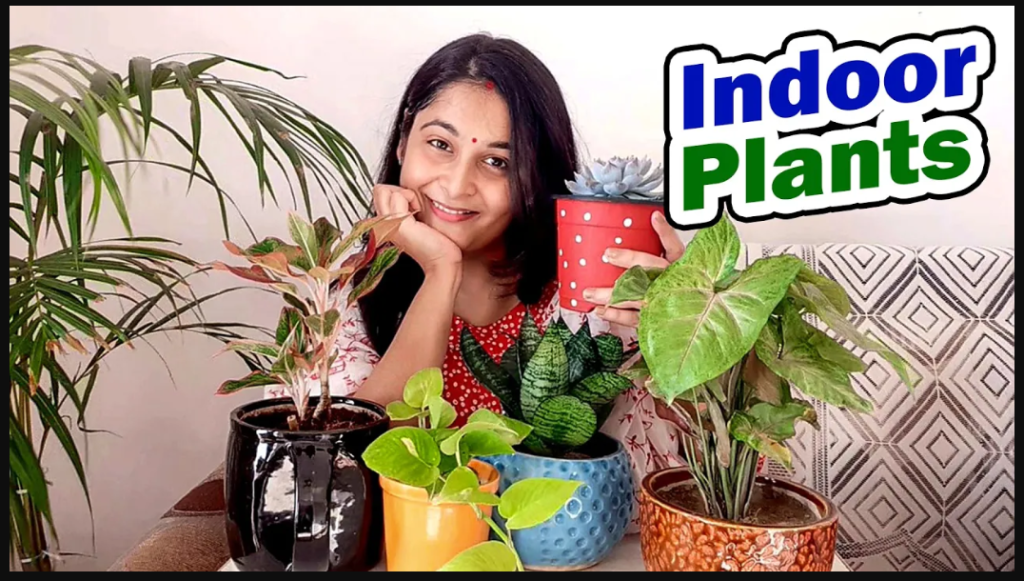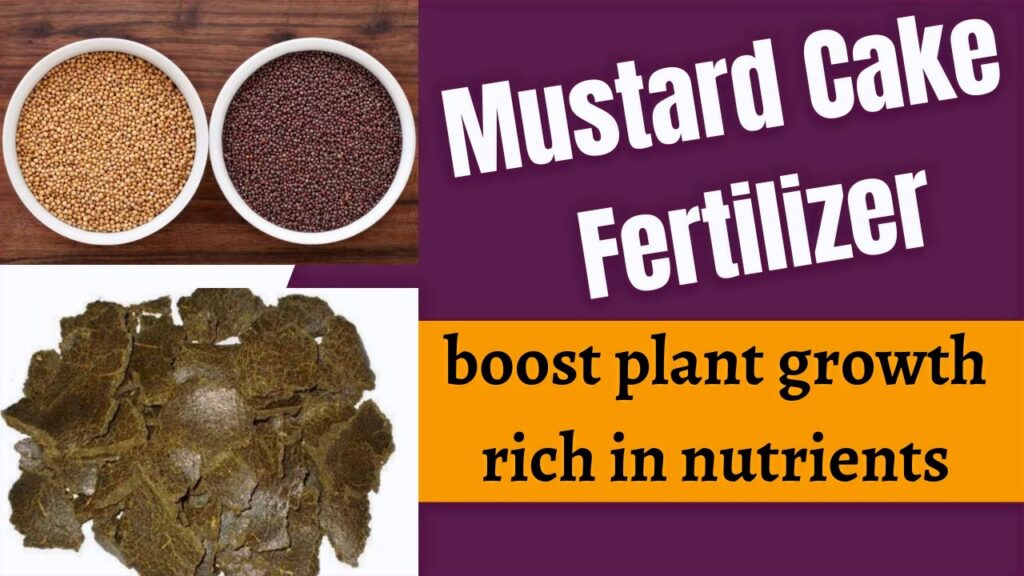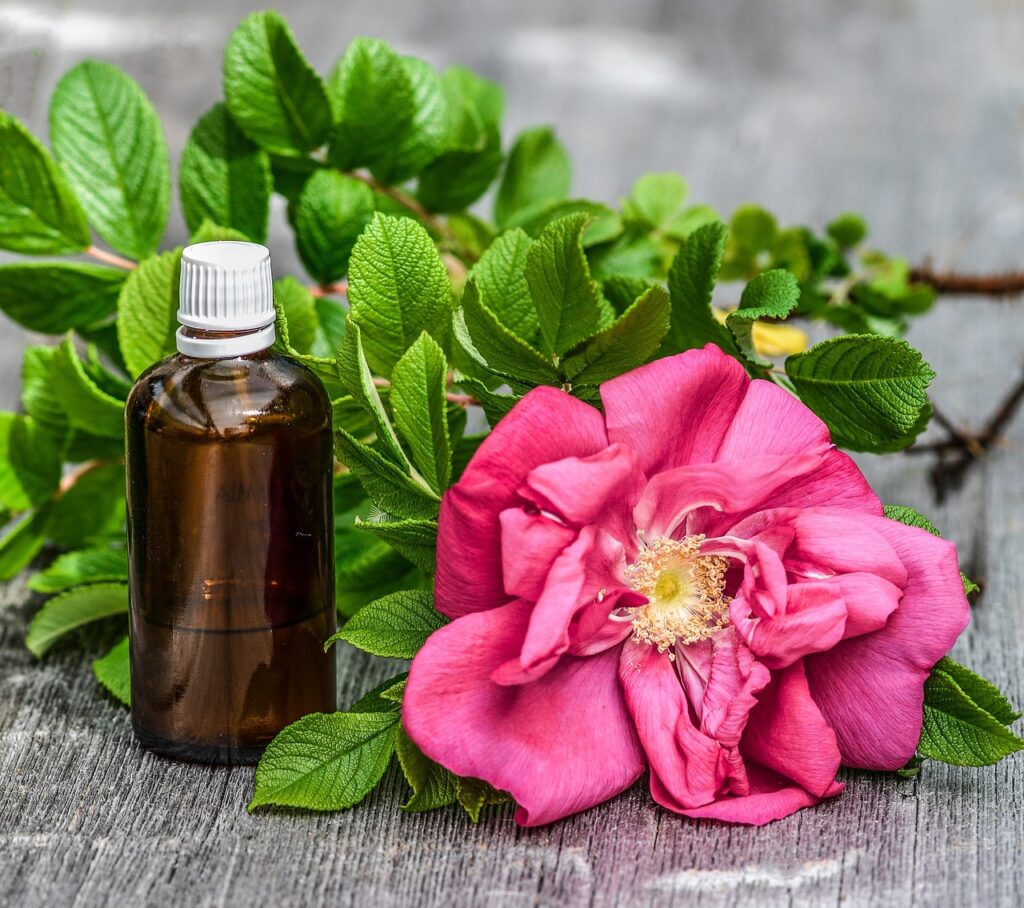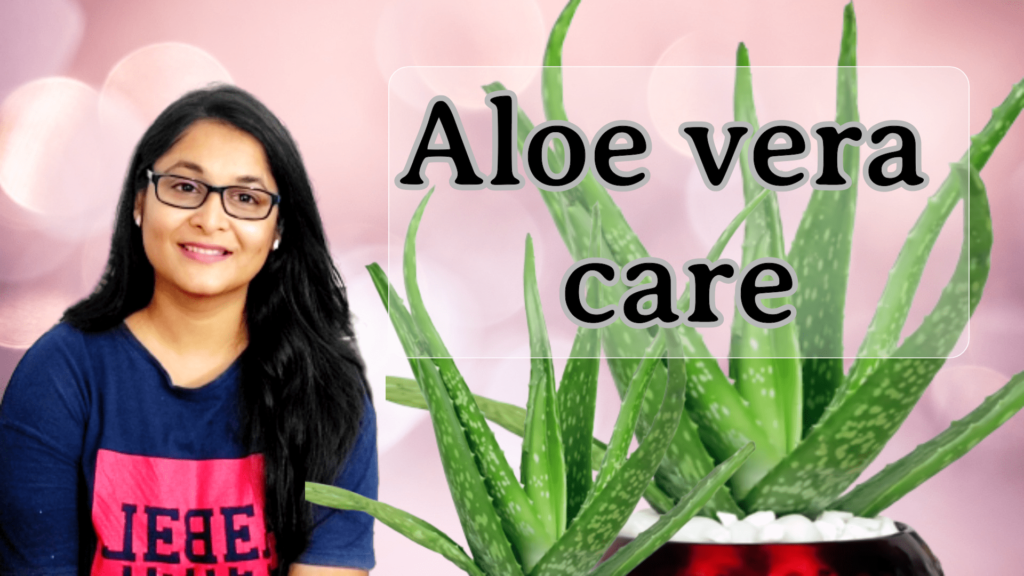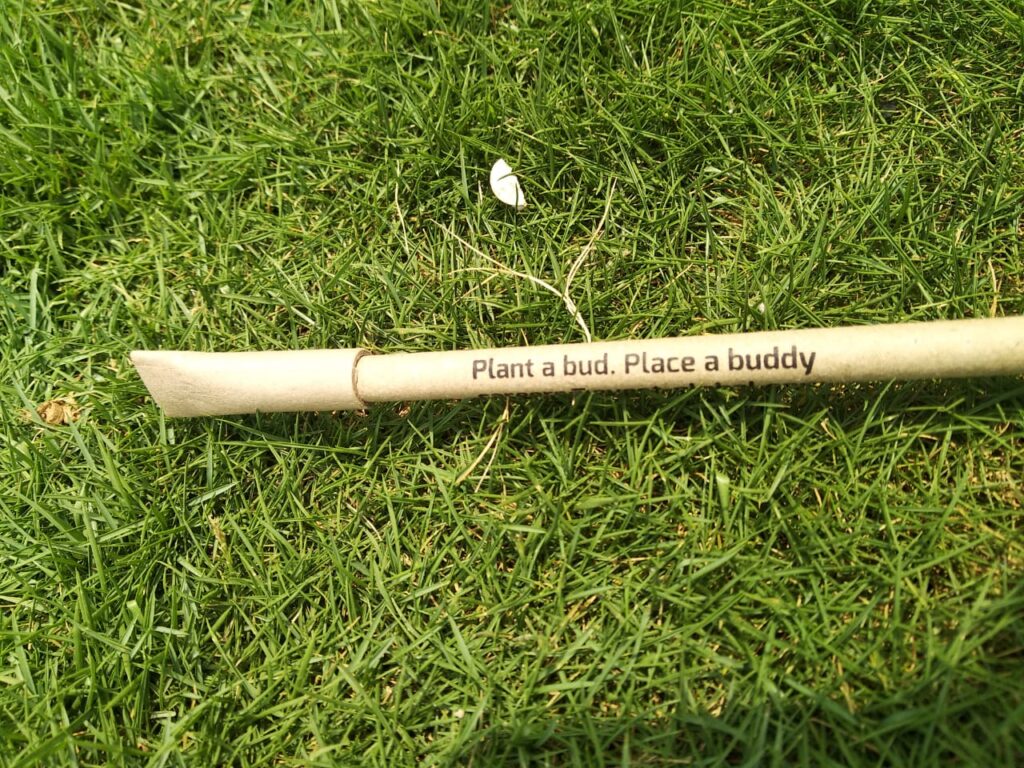Soil is an important component of the ecosystem, and our survival depends heavily on it. In container gardening, every resource is valued, and soil is no exception. Rather than throwing it away, gardeners often opt to reuse soil. It is common for soil to accumulate over time. This soil may have previously been used for various plants, but is now neglected or lacking in nutrients.
This article aims to emphasize the potential of revitalizing such soil, regardless of its condition, by adding the essential materials. By doing so, we can organically recharge the soil, making it suitable for nurturing new plant growth.
How to Recharge Old Soil for Healthy Plant Growth
As you journey through this article, you will find answers to common queries about soil:

- What characterizes healthy soil?
- What constitutes the ideal soil texture?
- What are the causes of soil contamination or degradation?
- What measures can be taken to prevent soil degradation?
- How can poor soil quality be improved to become fertile?
Why does soil degrade and require rejuvenation?
There are several reasons, let’s delve into them and explore potential solutions.
When growing vegetables or flowers in containers, the plants continuously extract nutrients from the soil. It is crucial to regularly replenish these nutrients by fertilizing the plants at least once a month. This prevents soil depletion and maintains its fertility.
Leaving the soil without moisture for long period

Occasionally, plants wither or die, leaving the soil exposed and without water for prolonged periods. Without moisture, the soil loses its vitality, and essential organisms like earthworms perish.
To remedy this, ensure consistent watering and apply mulch. Mulching involves covering the soil with dry leaves, which helps retain moisture and preserves soil quality for several months. Place containers in shaded areas to prevent direct sunlight exposure.
Excessive use of chemical fertilizers
The excessive use of chemical fertilizers such as Urea and DAP initially enhances plant growth and yield. However, these chemicals harm the beneficial microorganisms in the soil that are essential for fertility.
Over time, the soil becomes depleted and less productive. To address this issue, adopt organic practices by utilizing alternatives such as neem cake powder, cow dung compost, leaf-compost, vermicompost, groundnut cake fertilizer, onion peel liquid fertilizer, banana peel liquid fertilizer, mustard cake fertilizer, or seaweed fertilizer, etc. By reducing reliance on chemicals, we can preserve soil health and fertility.
Making Barren Soil Fertile
Let’s proceed with the process of transforming degraded soil into fertile soil step by step.
1. Collect old soil

Collect all the old soil, ensuring it is cleaned thoroughly to remove any debris or old roots.
- Aim to collect approximately 10kg to 20kg of soil, and remember to wear gloves as a precautionary measure.
2. Expose the soil in sunlight for a day
Remove any pebbles present in the soil and expose it to sunlight for a day.
- This exposure helps eliminate unwanted insects or bacteria present in the soil.
3. Add Compost in the soil

Next, add compost into the soil for two primary reasons:
(i) Compost enhances soil texture, keeping it soft and aiding in water absorption, thus maintaining moisture for extended periods.
(ii) Compost enriches the soil with humus, which fosters the growth of beneficial microorganisms like bacteria, fungi, insects, and earthworms. These organisms play a crucial role in soil fertility.
Note:
- You can add any types of compost, such as leaf compost, vermicompost (produced by worms or earthworms), cow dung compost, and kitchen compost (derived from decomposing kitchen scraps), contribute to the soil’s vitality.
- While horn meal or bone meal can also be added to boost soil fertility, they do not improve soil texture. For texture enhancement, compost is the preferred option.
Note:
- Add compost in a 1:2 ratio into the soil.
- For instance, if the soil quantity is 10kg, add 5kg of compost.
- Vermicompost is highly recommended for this purpose.
4. Add Cocopeat in the soil

Now, let’s incorporate cocopeat to enhance soil texture plus to make soil soft which additionally promotes optimal root growth.
Cocopeat’s ability to retain water for extended periods is particularly beneficial for terrace gardening, where sunlight exposure is high and soil tends to dry quickly.
- Additionally, adding cocopeat reduces soil volume, making pots lighter due to its lightweight nature.
Note:
- For every 5 kg of compost added, mix in 2.5kg of cocopeat into the soil in a 1:2 ratio.
5. Add Neem Cake Powder in the soil
Next, add neem cake powder into the soil.
- Good quality neem cake powder often possesses a potent odor, which can occasionally be difficult to find locally.
However, it is available for purchase through select online retailers or nearby stores specializing in neem oil products.
Incorporating neem cake is crucial as it acts as a preventive measure against potential diseases or insect infestations near the roots, which may otherwise go undetected. Besides functioning as a natural pesticide, neem cake also enhances soil nutrition.
Note:
- Around 200 grams of neem cake powder is sufficient for every 10 kg of soil.
6. Add Cinnamon powder in the soil

Cinnamon powder serves as a natural fungicide and is highly recommended for organic gardening to maintain healthy roots.
- It acts as a root promoter, enhancing root development.
Note:
- Add 50 grams of pure cinnamon powder into every 10 kg of soil for optimal results.
7. Add Sand in the soil

If your soil is sandy, there is no need to add more sand to it.
Perform this test:
(i) Take a handful of soil and squeeze it in your hand. If the soil remains loose and doesn’t bind together, there’s no need to add sand.
(ii) However, if the soil binds together and feels sticky, it indicates a need for sand.
(iii) Gradually add sand to the soil while continuously testing its texture.
(iv) Use a spatula to mix the sand, and assess the soil’s consistency after each addition.
- The aim is to add just enough sand to loosen the soil without making it overly compacted.
- Avoid adding too much sand, as it shouldn’t be visibly distinct in the soil mixture, maintaining its natural texture and color.
8. Add Seaweed Granules in the soil
Seaweed granules are beneficial for enhancing humus content and providing micronutrients to the soil, particularly recommended for vegetable and fruit gardening, though not mandatory.
Note:
- Add seaweed granules in the same quantity as neem cake powder.
- Since 200 grams of neem cake powder was used, 200 grams of seaweed granules will suffice.
Now, mix all the ingredients properly and uniformly.
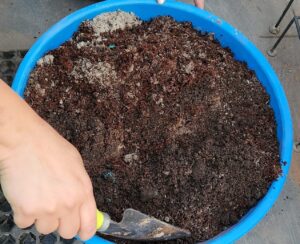
Once the soil mixture is prepared, store it in a container or grow bag, ensuring it is covered and placed in a shaded area.
- Avoid direct sunlight exposure, as it may degrade the humus content.
Note:
This soil can be used for transplanting plants and for existing plants as well.
- For existing plants, remove the upper layer of soil and add this potting mixture.
- This potting mixture is very light in weight, it can retain water for a longer span, it has all the nutrition plus it will keep your plant pest free.
Following these steps, barren soil can be transformed into fertile soil, ready for planting and cultivation.
Happy Gardening!
